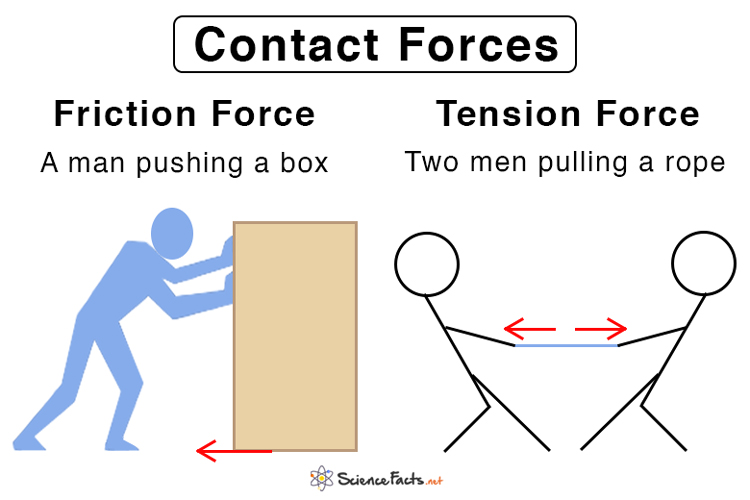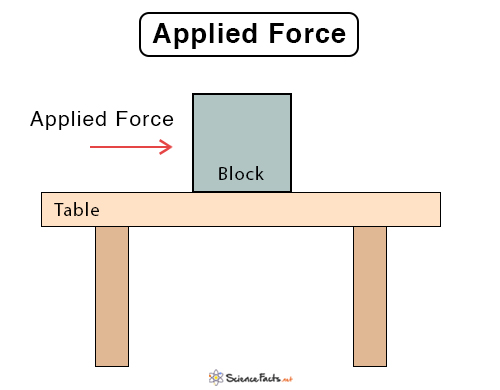Refractive Index
When light moves from one medium, such as air, to another, like glass, it bends at the boundary between them. This bending occurs because light travels at different speeds in different materials. The refractive index is a measure of this bending, calculated by comparing the speed of light in air to its speed in the medium. Materials with higher refractive indices, like sapphire, bend light more sharply than those with lower refractive indices, such as water.
How Does the Refractive Index Explain Refraction
To visualize refraction, think of a straw placed in a glass of water. The straw appears bent or broken at the surface where the water and air meet. It happens because light rays coming from the straw travel at different speeds through the water and air due to their distinct refractive indices. The refractive index of air is about 1.00, while that of water is 1.33, meaning light moves slower and bends in water. It means light moves slower and bends more in water.
Refractive Index Formula
The refractive index (n) is calculated using the formula:
n = c/v
Where:
– c is the speed of light in a vacuum (approximately 3 x 108 m/s)
– v is the speed of light in the material
This formula shows that as the speed of light in a material decreases, its refractive index increases, indicating that light bends more in that material.
Refractive Index and Snell’s Law
The degree of bending depends on the angle at which light enters a material. When a ray of light traveling through one medium (the incident ray) strikes the surface of another, it forms an angle with the normal – a line perpendicular to the surface. It is called the angle of incidence. As the ray enters the second medium (the refracted ray), it bends either towards or away from the normal, depending on whether the second medium is denser or rarer than the first. The angle formed by the refracted ray with the normal is called the angle of refraction.
Snell’s Law uses the refractive indices of the two materials to determine the bending. It describes the relationship between the angles of incidence and refraction:
n1 sinθ1 = n2 sinθ2
Where:
– n1 and n2 are the refractive indices of the two materials.
– θ1 and θ2 are the angles of incidence and refraction, measured from the normal (a line perpendicular to the surface).
Snell’s Law explains how light bends when entering or leaving a medium.
Example
Consider a ray of light moving from air (n1 = 1.00) into glass (n2 = 1.50) at an angle of 30°. Using Snell’s Law:
1.00 x sin 30° = 1.5 x sin θ2
=> θ2 = arcsin{(1.00/1.50) x sin 30∘)} = 19.5°
The angle of refraction is 19.5°. It means the light bends closer to the normal as it enters the denser glass.
Applications
- Lenses and Optical Devices: Used to design eyeglasses and contact lenses for vision correction by properly bending light to focus on the retina. It also plays a crucial role in creating precise lenses for cameras, microscopes, and telescopes.
- Optical Fibers: Enables data transmission through total internal reflection in communication systems and is also used in medical imaging and minimally invasive surgeries through endoscopes.
- Material Identification: Used to determine the purity and composition of substances, such as gemstones and liquids, and to identify materials in laboratories by comparing their refractive indices.
- Technology and Efficiency: Utilized in anti-glare coatings for glasses and screens and in enhancing the efficiency of solar panels by reducing reflection losses.
- Rainbows and Light Dispersion: Explains how light separates into colors, creating natural phenomena like rainbows and the vibrant effects seen through prisms.
-
References
Article was last reviewed on Wednesday, January 29, 2025








